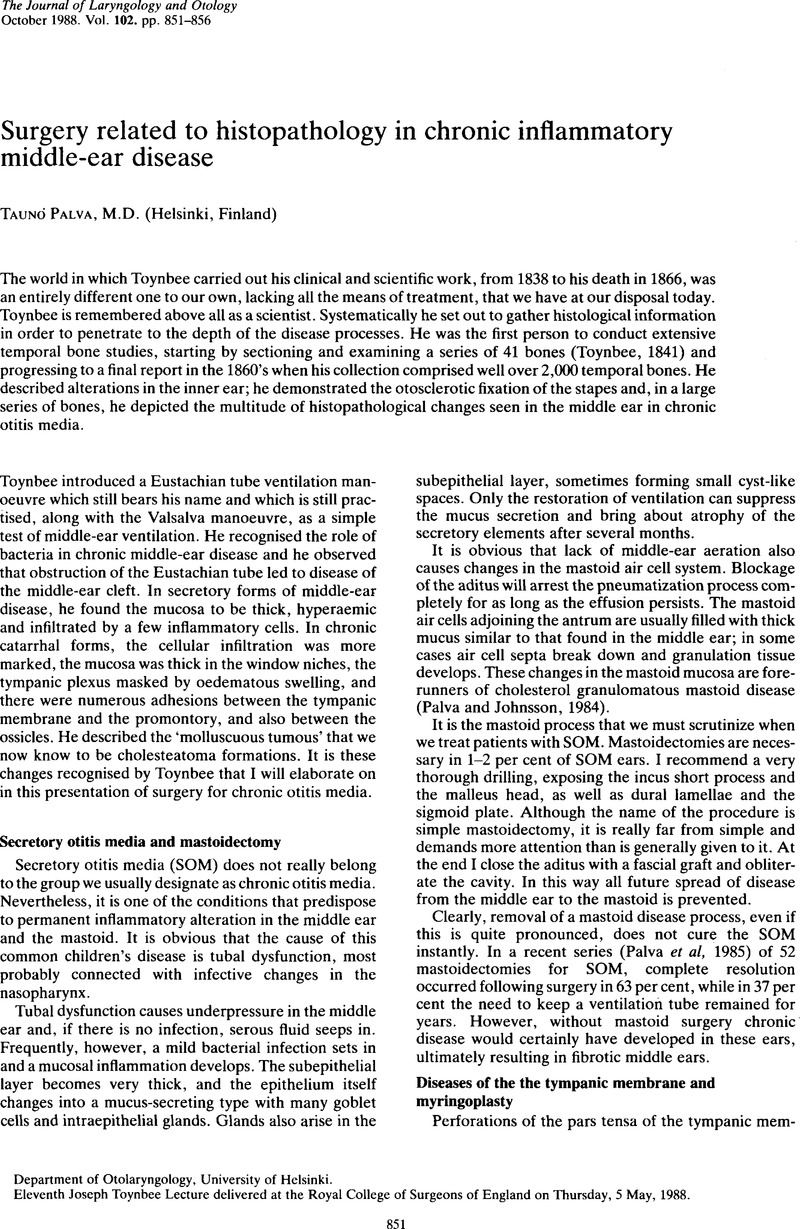Crossref Citations
This article has been cited by the following publications. This list is generated based on data provided by Crossref.
Stankovic, Milan
2007.
Applicability of autologous incus: the influence of age and localization of cholesteatoma.
European Archives of Oto-Rhino-Laryngology,
Vol. 264,
Issue. 9,
p.
995.



